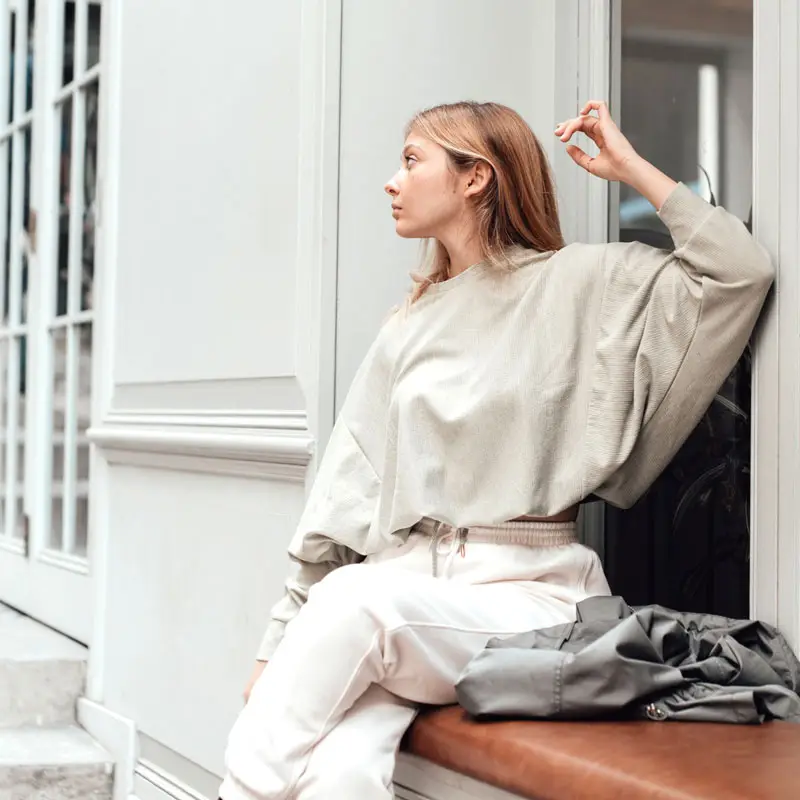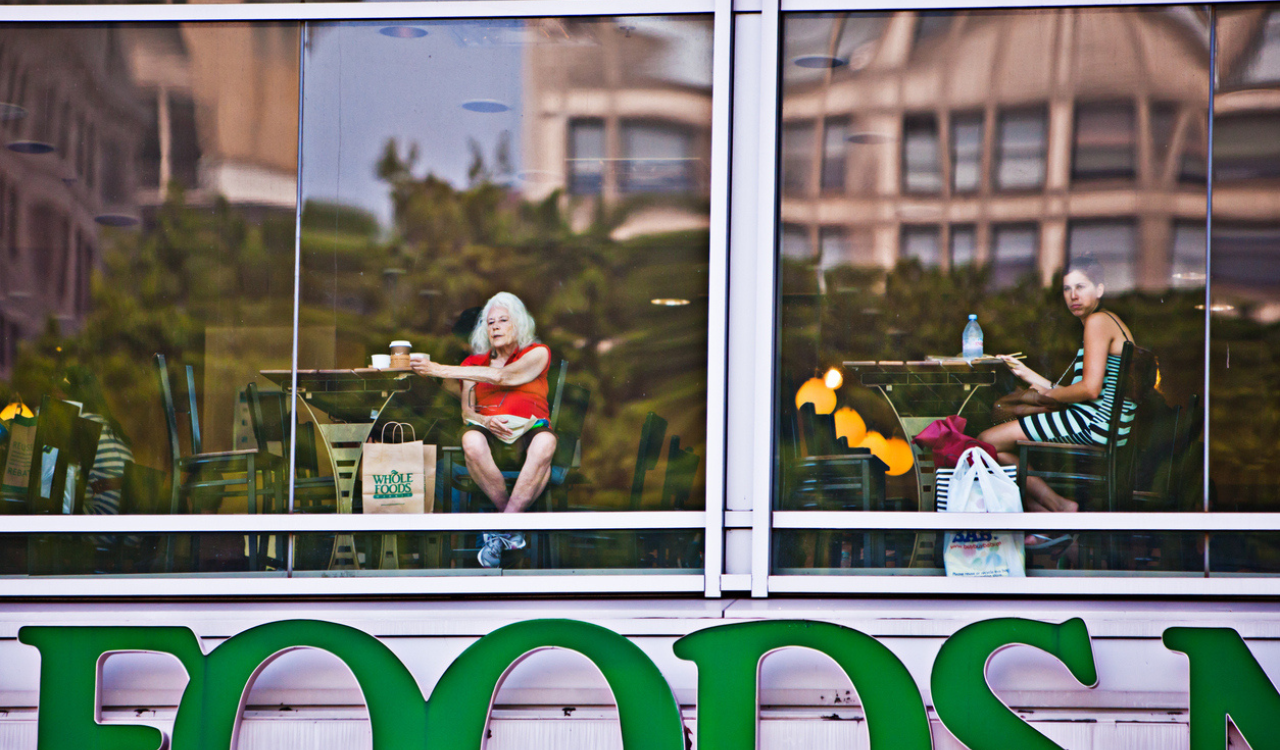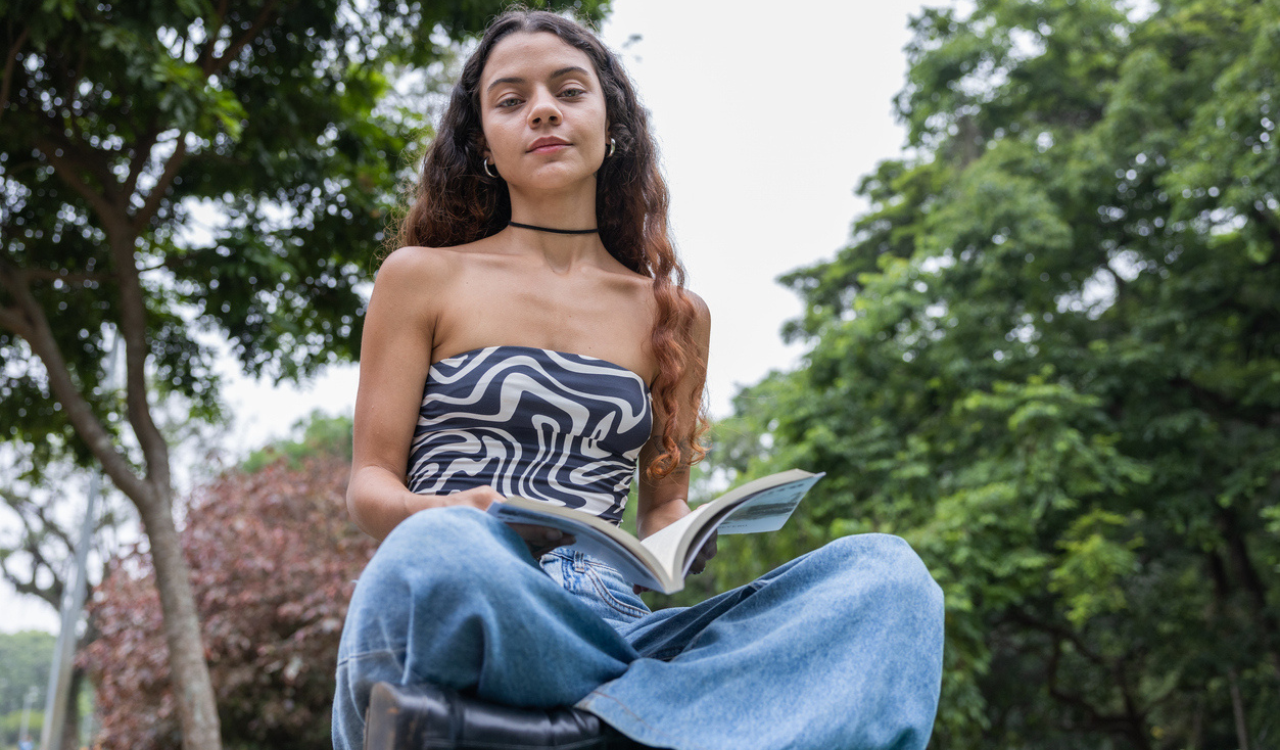In 2023, simplicity is a rebellion. Let’s talk about the trend that TikTok is calling the “old money aesthetic.” If #BarbieCore is the antithesis of Wednesday-inspired goth style, #QuietLuxury is the antithesis of the Y2K maximalism that came to the forefront last year. The masses haven’t stopped fetishizing the lifestyles of the rich and famous, and it may seem like the quiet luxury movement is the latest evidence of that fact.
But is the old money aesthetic really a result of our culture’s fixation on the wealthy, or does it create a bigger playing field by promoting modestly designed fashions that prioritize function over form? Let’s take a look.
Consumers Long for Simplicity
Things are getting complicated for fashion retailers. As we seem to be catapulting headfirst into the next recession, consumers are pining for a life of, not uncertainty and chaos but rather quiet comfort. It’s in this environment, on the coattails of shows like Succession, that the quiet luxury movement is taking hold. Succession features fashions that revel in traditional rich dude ambivalence — see Tom’s chronic use of puffer vests over button-downs, which has been the go-to uniform for the tech sector and nonchalant affluents for over four decades.
While wealth signaling has fallen out of favor, confidence signaling is right on time. Money talks, but wealth whispers, so expect to see both aspirational and affluent consumers whispering into their megaphones with single-color basics in cashmere and linen and pricey plain tees made with fabric that’s a little too refined for the discount rack.
Flamboyant fashions and logomania can feel out of place in a global recession. It’s also worth noting that goods featuring logos aren’t the wealth signifiers they once were. Even discount retailers specialize in goods with prominently placed, recognizable brand logos, as do online consignment and thrift shops. In reaction to blatant logo branding, inconspicuous consumption is trending (luxury handbags notwithstanding). So, the luxury industry is pivoting to retain its exclusive allure. Quiet luxury is more focused on clothes that are investments and will last over time, the counterpoint to trendy notice-me fashion.
Quiet Luxury Meets Recession Core
The luxury sector is expected to outperform the rest of the fashion industry in 2023. McKinsey predicts luxury sales will grow by 5 to 10 percent in the U.S., as the uber-rich won’t be impacted by — or will actually benefit from — the global recession. Here’s where it gets really interesting. The price of fashion products will rise across the board in the years to come, and the price of fabrics used in quiet luxury products will also continue to rise.
Cotton and cashmere prices have increased a respective 45 percent and 30 percent, YoY. We may soon see the fashion industry move away from logomania towards valuing fabric and craftsmanship over conspicuous and visible brand names. Prioritizing the experience of a garment over brand names will definitely jibe with the millennial and Gen Z consumer mindset of valuing experiences over things. A tenet of #recessioncore? The functionality of the product itself matters more than the idea of the product or the hype built around it.
The quiet luxury trend is, interestingly enough, not just a way to fetishize the lifestyles of the uber-rich. Quiet luxury is also an equalizer. It’s a movement to get back to the relatively boring basics. While quiet luxury is centered around product quality, it’s also more modest than the over-the-top trends we’ve seen in years prior. The classic sailboat-set chic iterations of quiet luxury are dovetailing with recession-core minimalism. These two styles combine to create the looks you see on the red-carpet trendsetters and on influencers today — little to no jewelry, basic sweaters and button-downs, and minimalist, practical handbags.
The Income Gap Will Play a Role
It’s no secret that middle and lower-priced fashion retailers could be drastically impacted by an impending recession. Just take a look at this data from McKinsey, which found that a staggering 97 percent of fashion executives across sectors expect the cost of their goods to rise in 2023. Unlike luxury retailers, however, mid and low-price point retailers are already feeling the impact of inflation.
As middle/low-income consumers look to save money to mitigate the growing cost of essentials — such as food, housing, and pet supplies — the retailers that serve this sector will need to harken back to competing based on the value of their products. Today’s value proposition includes the components used to construct the product, its sustainability, and the reputation of the company producing it. Brands and retailers that can successfully combine all of these touchpoints with decent customer service will continue reaping middle-income consumer spend in the years to come.
Uniform-Style Fashion vs. Individualism
Now that uniform-style fashions are taking center stage; customers will showcase their personalities differently. Rather than invest in apparel and accessories in intense seasonal colors, of-the-moment slogans, or gender norm-upholding neon pink, apparel will veer to the military in its simplicity and consumers will refocus on individuation via their hairstyles and cosmetics –– much like the denizens of every post-apocalyptic movie ever made. Expect to see quirky haircuts paired with dramatically lined eyes. You’ll also see every type of eyebrow oddity imaginable, from extended eyebrows to bleached eyebrows to eyebrows shaved off altogether.
In this strange new world, we’re focused on survival, not needless spending. We’re focused on quality, not repping brands. We’re focused on durability, not buying cheaply made garments just to turn heads. While those who can afford it will still spend $450 on a t-shirt, it will be nearly indistinguishable from what you can find at any department store. The new face of luxury is, paradoxically, pretty darn humble.





